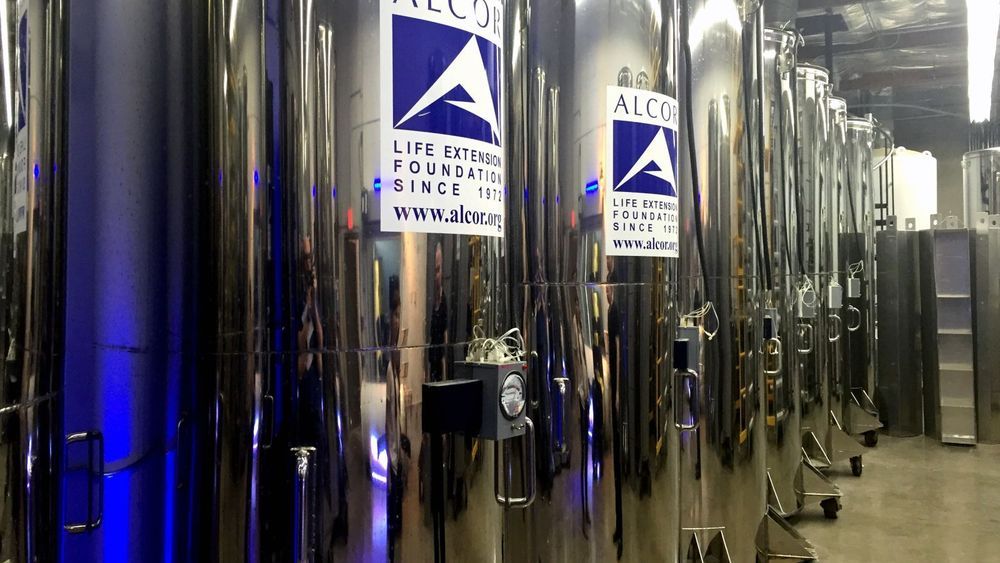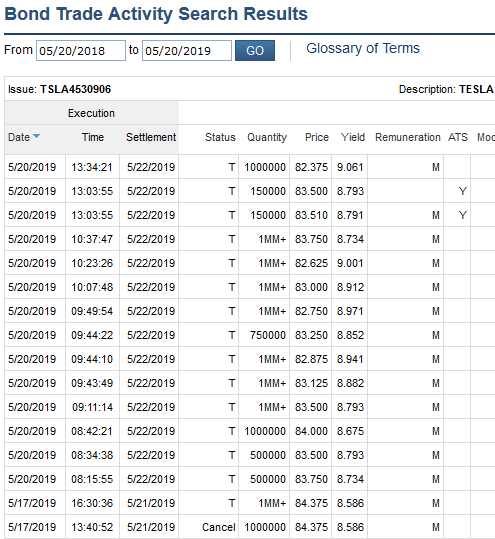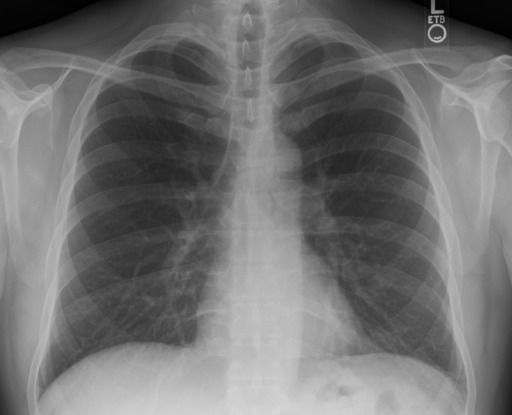A terminally ill patient who opted for assisted death has undergone cryonic preservation at the Alcor Life Extension Foundation. This preservation—the first of its kind—signifies an important milestone for cryonics advocates, who argue that the right to death, paradoxically, is a potential pathway to an eternal life.
On October 30, 2018, Alcor performed its 164th cryopreservation. It was an otherwise unremarkable moment for the nonprofit organization, save for the way Norman Hardy of Mountain View, California met his demise. Hardy was diagnosed with terminal metastatic prostate cancer, and it had spread to his bones and lungs. As noted in Alcor’s case summary, his “pain had been poorly managed,” so he opted for assisted death, which was legalized in California in 2016 through the End of Life Options Act (EOLOA).








